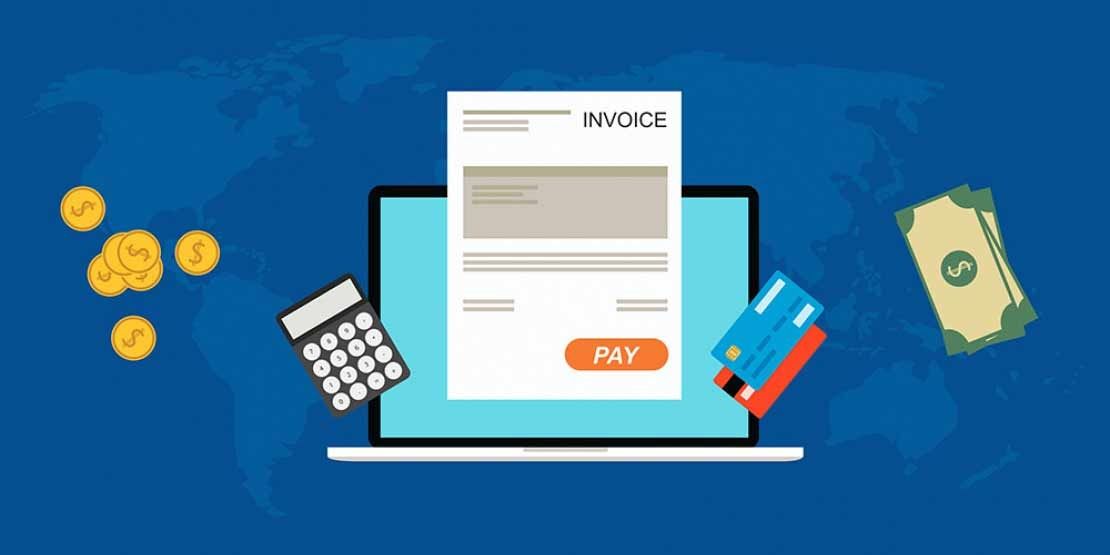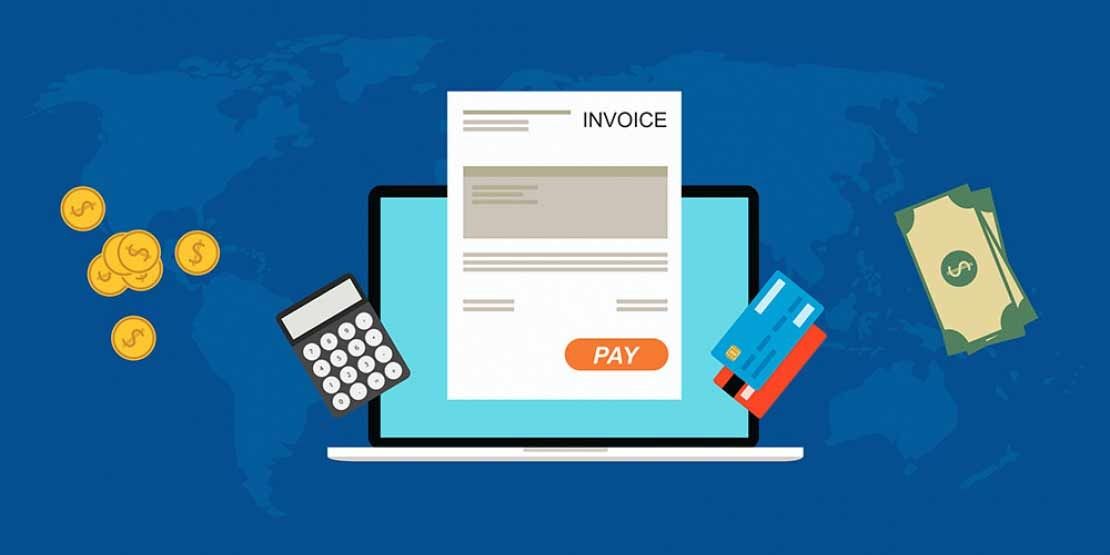Digital Invoice Basics: Complete Overview, Key Facts, and Essential Knowledge
A digital invoice is an electronic version of a traditional invoice. Instead of sending paper bills through physical mail, businesses and individuals now exchange invoices electronically through email, accounting platforms, or government portals.
The main reason digital invoices exist is to simplify financial documentation, reduce errors, and create a faster way to process payments. With the growing use of digital payments, automated accounting systems, and global trade, invoices in digital format have become an essential part of modern financial management.

Electronic invoicing also supports sustainability by reducing paper waste. Over time, it has moved from being an optional practice to a widely adopted standard across industries.
Why digital invoicing matters today
Digital invoicing plays an important role in how organizations and individuals manage transactions. It affects:
-
Businesses of all sizes that need accurate, trackable financial records.
-
Freelancers and contractors who issue professional invoices to clients worldwide.
-
Governments and tax authorities that monitor compliance, reporting, and taxation.
-
Financial institutions and auditors who rely on clear documentation for verification.
The problems it helps solve include:
-
Delays caused by paper-based invoices.
-
Errors in manual data entry.
-
Lack of standardization across industries.
-
Difficulty in tracking payments and maintaining compliance.
For many organizations, digital invoicing is not only a convenience but a requirement, as regulators and governments increasingly demand electronic documentation.
Recent updates and trends in digital invoicing
Digital invoicing has experienced notable changes in recent years, largely driven by technology and government regulation. Some key updates include:
-
India’s e-invoicing expansion (2024): Businesses with turnover above ₹5 crore were brought under mandatory e-invoicing from August 1, 2024. This step increased compliance and integration with GST filings.
-
European Union initiatives (2023–2025): The EU introduced new digital reporting requirements under the “VAT in the Digital Age” package. Member states are preparing to standardize e-invoicing across borders.
-
Cloud-based integration: Many accounting platforms, such as QuickBooks, Zoho Books, and Tally, have improved e-invoicing modules to comply with regulations.
-
AI-driven verification tools: Emerging software uses machine learning to scan invoices, detect errors, and ensure compliance in real time.
These updates show a global move toward transparency, automation, and digital-first financial ecosystems.
Regulations and policies shaping digital invoices
Digital invoicing is highly influenced by laws, tax frameworks, and government programs. Countries implement policies to improve transparency, reduce fraud, and make tax collection easier.
-
India: The Goods and Services Tax (GST) Council has mandated e-invoicing for businesses above certain turnover thresholds. The Invoice Registration Portal (IRP) generates a unique Invoice Reference Number (IRN) for validation.
-
European Union: Directive 2014/55/EU makes electronic invoicing mandatory for public procurement. The upcoming VAT in the Digital Age reforms will extend this further.
-
United States: While there is no federal mandate, electronic invoicing is increasingly adopted in government contracting and supported by accounting standards like UBL (Universal Business Language).
-
Other regions: Countries such as Brazil, Mexico, and Chile have long-established mandatory electronic invoicing systems that are seen as global benchmarks.
Compliance with these regulations ensures that invoices are legally valid, standardized, and accepted across digital platforms.
Useful tools and resources for digital invoicing
To make digital invoicing more effective, a wide range of tools and resources are available. These include:
-
Government portals:
-
Invoice Registration Portal (India)
-
PEPPOL (EU cross-border invoicing network)
-
-
Accounting platforms:
-
TallyPrime
-
QuickBooks Online
-
Zoho Books
-
Xero
-
-
Verification and compliance tools:
-
GST Suvidha Providers (India)
-
AI-based invoice validation apps
-
-
Templates and formats:
-
JSON schema for GST invoices
-
Excel or Word invoice templates for small businesses
-
-
Educational resources:
-
OECD reports on digital taxation
-
Government GST help centers and official FAQs
-
These tools help users generate, send, and verify invoices while maintaining compliance with legal standards.
Frequently asked questions about digital invoices
What is the difference between an invoice and an e-invoice?
An invoice is a bill issued for goods or services, while an e-invoice is its digital form, often validated through government systems or accounting software.
Are digital invoices legally valid?
Yes. In most countries, digital invoices are legally valid if they meet government-prescribed standards and contain mandatory details like tax numbers, invoice ID, and signatures where required.
Do small businesses need digital invoices?
While some small businesses may not be legally required to issue e-invoices, many adopt them to improve recordkeeping, reduce errors, and present a professional image.
How do digital invoices improve compliance?
They reduce human errors, ensure tax details are correct, and create an audit trail that helps businesses stay aligned with tax laws and financial regulations.
Which file formats are commonly used for e-invoices?
Common formats include JSON, XML, and PDF. JSON and XML are preferred in government portals for validation, while PDF is widely used for sharing with clients.
Conclusion
Digital invoicing has transformed how financial transactions are recorded, verified, and monitored. It reduces paperwork, improves accuracy, and strengthens compliance with tax authorities worldwide.
The shift toward digital-first solutions is supported by regulatory frameworks, automation tools, and global initiatives aimed at standardization. Whether for large corporations, freelancers, or government agencies, digital invoices are now an integral part of modern financial ecosystems.
Looking ahead, developments in artificial intelligence, blockchain verification, and international harmonization are likely to shape the next phase of digital invoicing. By understanding the basics, following regulations, and using the right tools, individuals and organizations can stay prepared for a future where electronic documentation is the norm.





